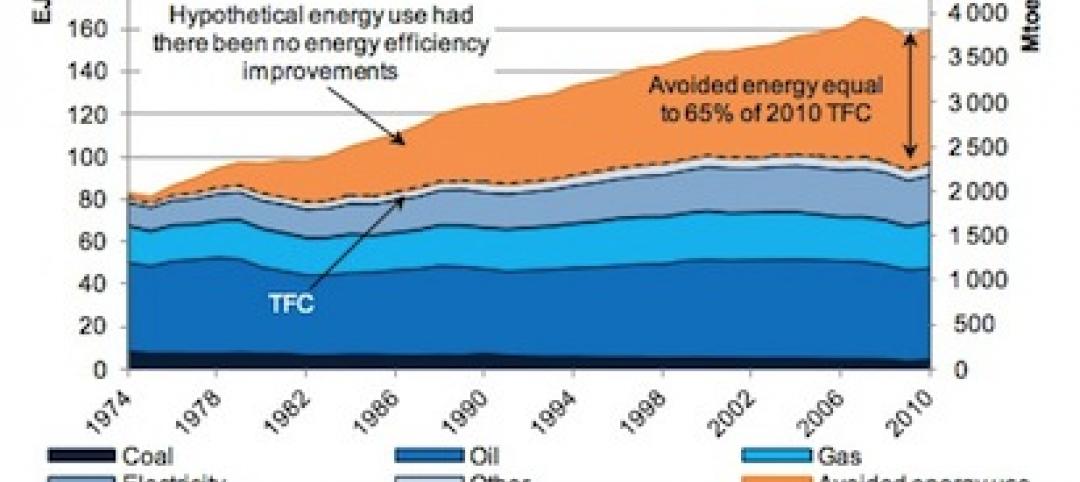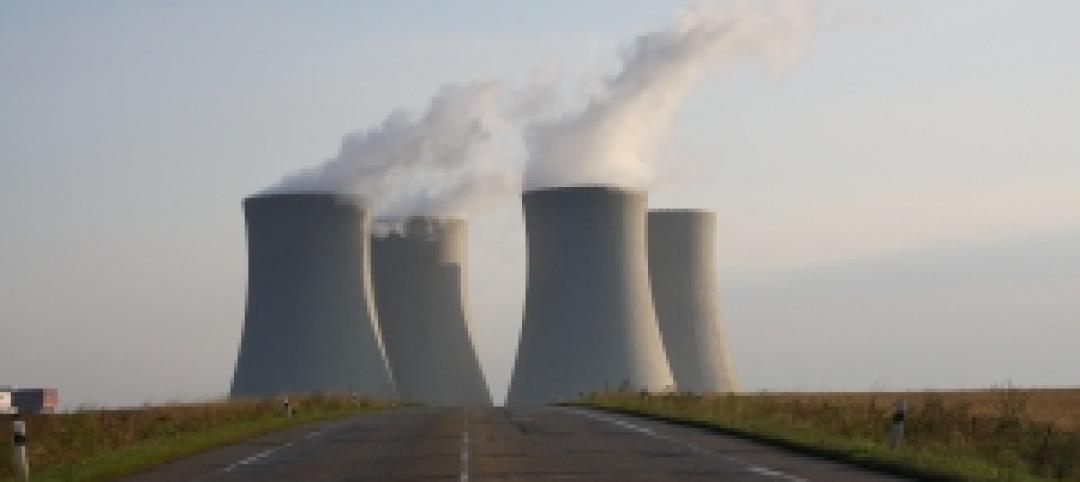Marking the beginning of a new era of transparency around energy use in buildings, New York City has publicly posted 2011 energy benchmarking results for 2,065 large commercial properties, which together cover more than 530 million square feet.
This is the first time that any U.S. city, state, or county has disclosed private-sector building energy data from a mandatory benchmarking policy.
The 2011 results are posted on the Greener, Greater Buildings Plan website, along with a letter giving a more detailed explanation of the output scores. The posting of benchmarking results will now be an annual occurrence for all large buildings in New York City. Results for large residential buildings will be posted for the first time in the fall of 2013, along with those for commercial and municipal buildings.
Energy use in buildings is responsible for roughly 75% of New York City’s emissions. The benchmarking, or measuring, and disclosure of energy use in buildings is the cornerstone of the city’s Greener, Greater Buildings Plan -- the most comprehensive policy in the nation addressing energy use in existing buildings -- and it is key to achieving the ambitious PlaNYC goal of reducing citywide carbon emissions 30 percent by 2030.
The benchmarking data can be used to assess where cost-effective building improvements can be made and to allow the market to find those opportunities. And since New York City’s benchmarking requirement is annual, the city and the market will be able to reward buildings that improve their performance year on year.
The benchmarking data also enabled the city to analyze for the first time how building energy use varies with building age, location, size, fuel mix, and an assortment of other factors.
Benchmarking data from 2010, released last month, showed that energy-use intensity varies dramatically among the same types of buildings, with the worst-performing buildings using three to five times the amount of energy per square foot as the best. Consequently, there is potential to save tremendous amounts of energy by improving the efficiency of the poor performers.
Under New York’s benchmarking ordinance, building owners annually enter energy and water use data and other pertinent information about their buildings, such as square footage and hours of operation, into the U.S. Environmental Protection Agency’s (EPA) free online benchmarking tool, ENERGY STAR Portfolio Manager.
From this information, Portfolio Manager calculates the benchmarking results, including the energy and water use per square foot, the carbon emissions, and for some types of buildings, a 1-to-100 ENERGY STAR rating comparing the building’s relative energy performance with other similar buildings, normalized for building occupancy factors. The city’s posting includes these outputs.
However, even if all the input data were correct, the benchmarking results still require interpretation. There are many reasons why a building might have a high energy intensity. Sometimes that could be due to inefficient operations or outmoded equipment, but it also could be due to a high occupant density or longer hours of operation. High energy intensity does not always mean energy waste. +
Related Stories
Smart Buildings | Apr 28, 2014
Cities Alive: Arup report examines latest trends in urban green spaces
From vertical farming to glowing trees (yes, glowing trees), Arup engineers imagine the future of green infrastructure in cities across the world.
| Apr 16, 2014
Upgrading windows: repair, refurbish, or retrofit [AIA course]
Building Teams must focus on a number of key decisions in order to arrive at the optimal solution: repair the windows in place, remove and refurbish them, or opt for full replacement.
| Apr 15, 2014
Avoided energy use exceeds contribution of other fuels: IEA report
Avoided energy use attributable to energy-efficiency investments has resulted in a contribution outstripping the annual consumption of oil, natural gas, electricity, and coal.
| Mar 26, 2014
Callison launches sustainable design tool with 84 proven strategies
Hybrid ventilation, nighttime cooling, and fuel cell technology are among the dozens of sustainable design techniques profiled by Callison on its new website, Matrix.Callison.com.
| Mar 7, 2014
Thom Mayne's high-tech Emerson College LA campus opens in Hollywood [slideshow]
The $85 million, 10-story vertical campus takes the shape of a massive, shimmering aircraft hangar, housing a sculptural, glass-and-aluminum base building.
| Mar 6, 2014
AIA and almost 1,000 other businesses oppose effort to repeal energy efficiency bill
This opposition comes in response to reports that the oil and gas lobby pushed to include a repeal of Section 433 of the Energy Independence and Security Act in the bipartisan Shaheen-Portman energy efficiency bill.
| Feb 13, 2014
Extreme Conversion: Nazi bunker transformed into green power plant, war memorial
The bunker, which sat empty for over 60 years after WWII, now uses sustainable technology and will provide power to about 4,000 homes.
| Jan 30, 2014
How reverse engineering nature can spur design innovation
It’s not enough to copy nature. Today’s designers need a deeper understanding of environmental nuance, from the biome in.
| Jan 23, 2014
Adrian Smith + Gordon Gill-designed Federation of Korean Industries tower opens in Seoul [slideshow]
The 50-story tower features a unique, angled building-integrated photovoltaic (BIPV) exterior designed to maximize the amount of energy collected.
| Jan 16, 2014
The incandescent light bulb is not dead
Despite misleading media reports, January 1 did not mark a ban on the manufacture or import of 60-watt and 40-watt incandescent bulbs.
















